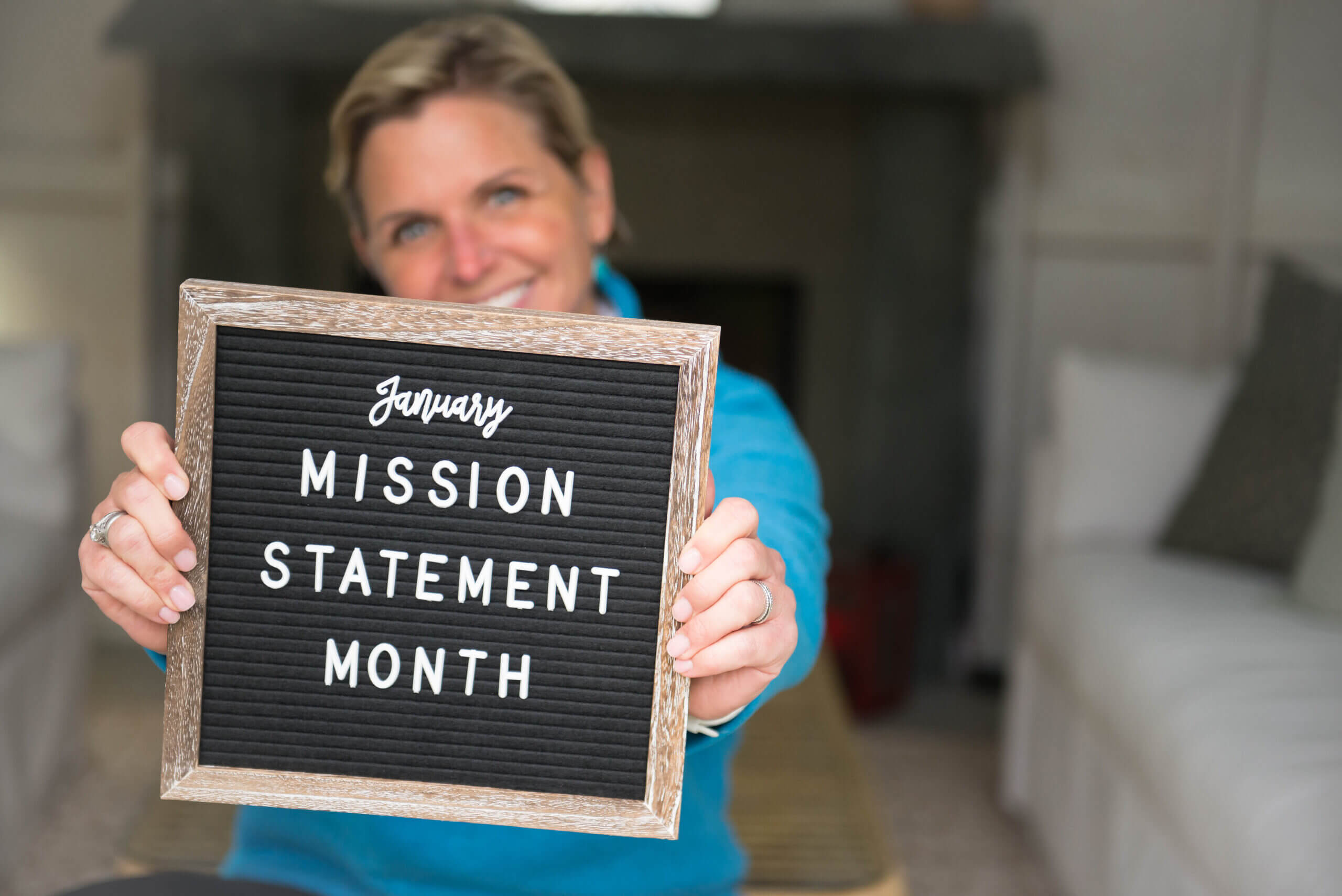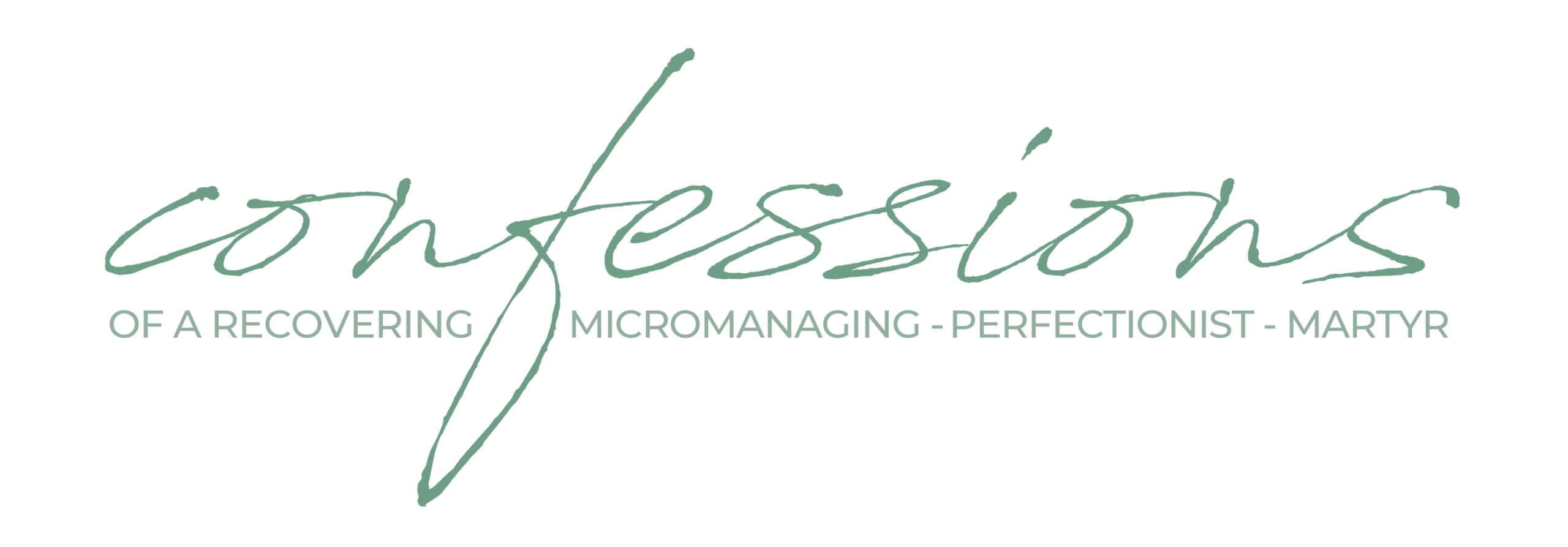

This week in Mission Statement Month at Confessions we’re going to talk about how to write a personal mission statement. In the first week of January I shared the phrase, “If you spot it, you got it.” Last week, I presented what a personal mission statement is and how it can help us. If you missed those episodes, pop on back and read them now.
This week, we’re going to learn how those things you “spotted” can be used to help you build your statement. We’re also going to think about the people you most admire in your life and what specifically you respect and appreciate about them.
Before we do that though, let’s remind ourselves what we’re not focusing on here: we’re not admiring someone’s possessions, beauty, or specialized skills. We are not trying to change who we are, but rather to become more of who we are meant to be. I might admire my friend for being a dog whisperer, but if I’ve always been terrified of dogs, it’s not fair for me to expect that I’m going to pop a few phrases down on paper and magically become Cesar Millan. This exercise is meant to focus specifically on ourselves and our admiration of other people’s character, personality, and/or disposition. Remember, of course, that if you’re spotting these attributes in others, you’ve got these attributes. Whether those strengths are deep inside you, or right on the surface, writing them out will help bring them to light. And of course, there’s no limit to the amount of traits or number of people you reflect on.
Who do I know who has an approach or an outlook on life that I admire?
What am I drawn to in that person? What specific qualities of theirs do I appreciate?
Do I admire how they approach their marriage? How they balance their life? Take care of their health? Parent? How ambitious they are?
Moreover, what things does that person prioritize to be the person they are?
Are they healthy? Do the exercise and eat right?
Do they journal, meditate, go to church, participate in a support group?
Do they set healthy boundaries?
Do they make time for travel? Are they open to new experiences when they arise?
Do they make time to celebrate life?
Once I have this rough draft list, I can start to create direct statements. And just a note, clarity helps a lot here. We talked last week about how tired and muddled we often are when we’re faced with the choices we have to make on a daily basis. Ambiguity can create even more confusion for the weary decision maker. If the statement is straightforward, it can better provide us with clear answers when we need them most. For example: Instead of writing the phrase, I care about my physical health. You could consider writing, I prioritize my weekly walks to care for my physical health. So when a friend calls you to grab breakfast you can respond with, “I’d love to see you. I can either do lunch, or, if you’re up for taking a walk, I can meet you in the morning at the park.” The other thing to keep in mind is that this isn’t a list of goals. We’ll talk more about the difference between a goal and a mission next week.
(These examples have been taken from my Powerhouse Manifesto.)
Once I have my rough statements written down, I often make edits and additions as ideas arise. My statements also change as I grow and change. Next, I use these phrases to inform what I might need to add or subtract from my life to be more of what I like and admire about myself and others. Writing these noteworthy directives down in black and white reminds me that I have the power within myself to strengthen these muscles one decision and one response at a time.
Before I leave you, I’d like to mention something you might want to avoid when creating your statement. Try to steer clear of the use of words like “always” and “never.” Your mission statement is meant to act as a north star, not a specifically mapped out command. My experience has been that I haven’t always stayed on the fastest road to my goals. There have been hundreds of times when I’ve found myself lost on some unknown trail. But I have surrounded myself with enough people and tools to at least know how to redirect myself if I’ve lost my way. And I’m only going to seek out help when I’m good and ready. The words “always” and “never” add unnecessary pressure that get in the way of a gentle journey.
Ok Team, I hope this is all making sense to you. I remember feeling a little overwhelmed when I first started, but trust me, the process will become easier once you get started. I’ll be back again next week to check in one more time on this topic. I’d really love to share with you why I take the time to write these mission statements and how goals come into play. Until then…

Welcome to my blog turned podcast! Here you can listen or read about what’s on my mind as I try my best to recover from screaming at my kids and nagging the bejesus out my husband.
Join TeamConfessions, a.k.a. "TeamC"—the posts are super short—you’ve got this.
| Website by Crearé Web Solutions |
Mainey says:
Love this!!! Can’t wait to start mine!!!
Mags DePetris says:
Thanks so much for checking in.
If you have any questions about how to write a personal mission statement that haven’t been answered above, please let me know!